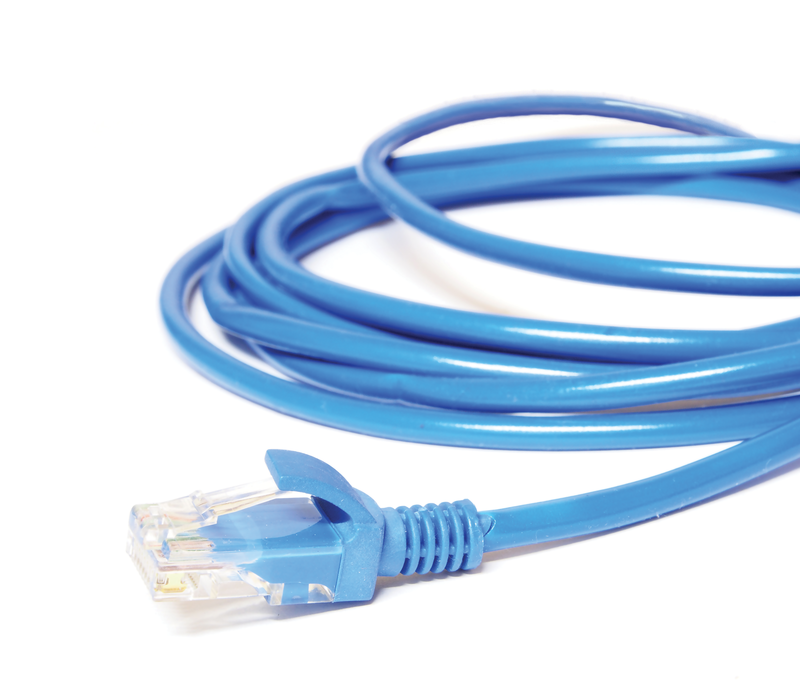
Wearables: An Answer with No Question
Perhaps the most notable of all the wearables currently on the market are smartwatches. Several companies now sell these devices and their accompanying apps. The problem I have with wearables such as smartwatches is that they require tethering to a smartphone via an app, via Bluetooth connectivity, or likely via both. This means that your watch and your phone can never be more than a few meters apart for full functionality.
So-called smart devices are only smart if they do something you need. Smartphones provide a computing experience as well as voice and text communication. A smartwatch really has no additional functionality. It can notify you of phone calls, email messages, and text messages and perform perhaps a few other nominal operations, but it really offers nothing new. On the other hand, a smartphone has all the features and functions that you need for business or for personal use. Nearly everyone has a mobile phone that's always close at hand.
For me, the smartwatch is a solution to a problem that doesn't exist. I think today's wearables are a fine example of technology exceeding its usefulness. Personally, I have never exclaimed, "Gosh, if only I had a smartwatch!" Nor have I ever said to myself, "I wish I had a wristwatch that would notify me when I get a text message."
The primary reason for my smart wearable non-epiphany is that my iPhone does everything for me and in a relatively small package. I don't want to wear my smartphone on my wrist or on my upper arm. I am comfortable with it in my back pocket. I seem to have enough padding back there to protect the device, even without clothing it in a protective case.
Smart devices should not only be smart in their own right, they should also represent a smart purchase because of an inherent need. That time is not yet here.
Now, I would trade in my iPhone for a Star Trek communicator pin if it included built-in GPS location, a homing beacon, and person-to-person, person-to-ship, and person-to-computer two-way communications. No apps required. Who needs a watch or a phone device when you have one of those? That technology solves a problem. The only thing missing is a visual component, which I believe humans need. However, I don't think I'm ready to see thousands of people going around tapping their chests, looking up, and speaking to a computer or to another person quite yet. Watching people tapping and swiping smartphones in silence is bad enough. I don't want to add a third dimension to it anytime soon.
Some wearables would make sense for those of us who want something stylish and functional. For example, how about shoes that measure pressure points while you're walking and help correct your stride? They could help alleviate injuries for walkers and runners, tired feet for those who stand at work, and balance problems for those who, like myself, tend to trip while walking. How about a belt that tightens once you've consumed your day's calorie limit or a shirt that adjusts its fit depending on ambient vs. body temperature? A biofeedback wristband that measures galvanic skin response, body temperature, and pulse to help you alter your moods during the day would be a welcome addition to the smart gadget fray.
You see, it's not all gloom and doom. There's a lot of room for thoughtfully produced and well-designed wearables. A watch that has to be tethered to an already constant companion is not practical for me. I need my wearable gadgetry to be smart, which means both intelligent and fashionable. I also need my wearables to be practical and, perhaps most importantly, wearable.
Ken Hess * ADMIN Senior Editor
